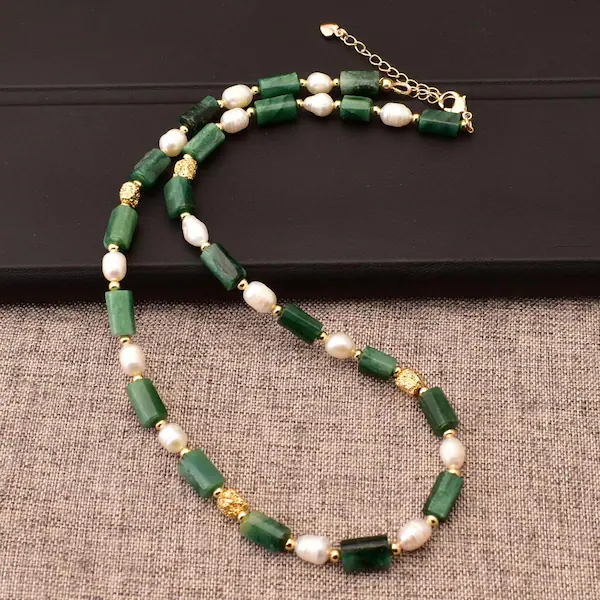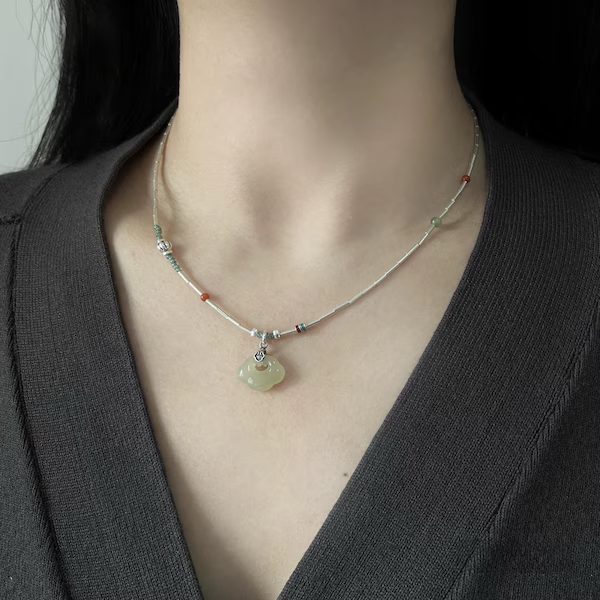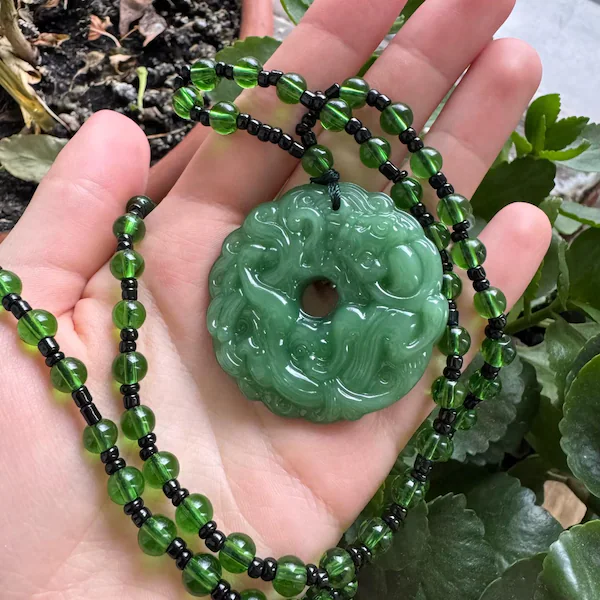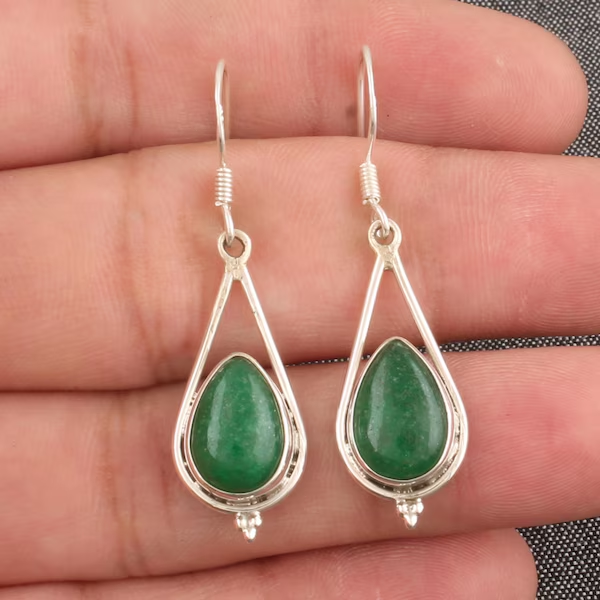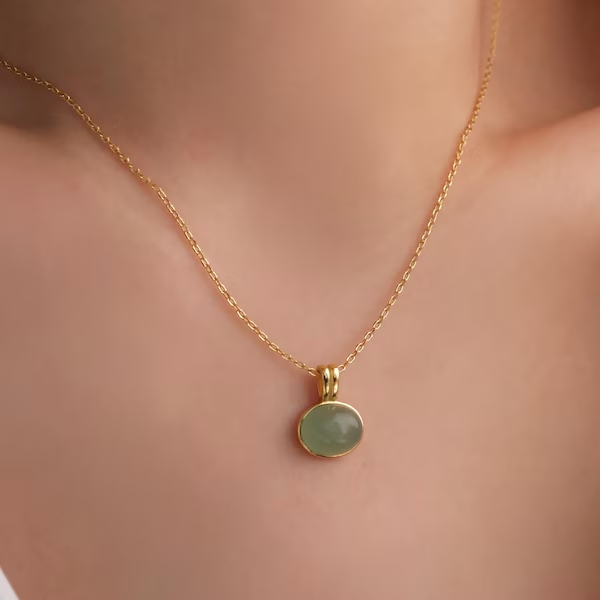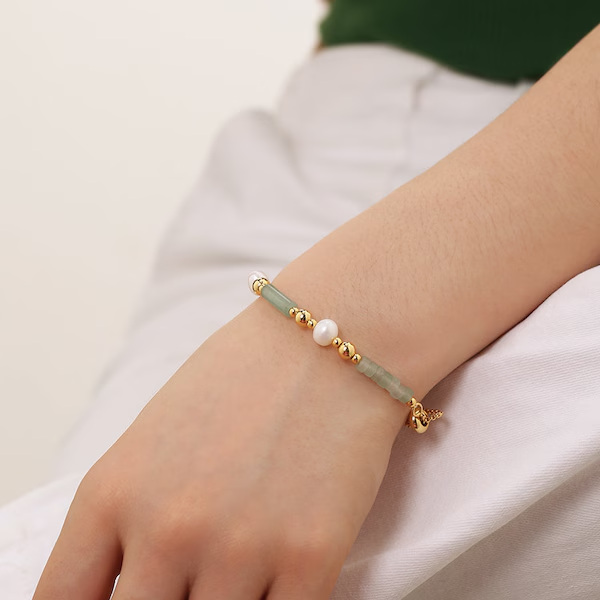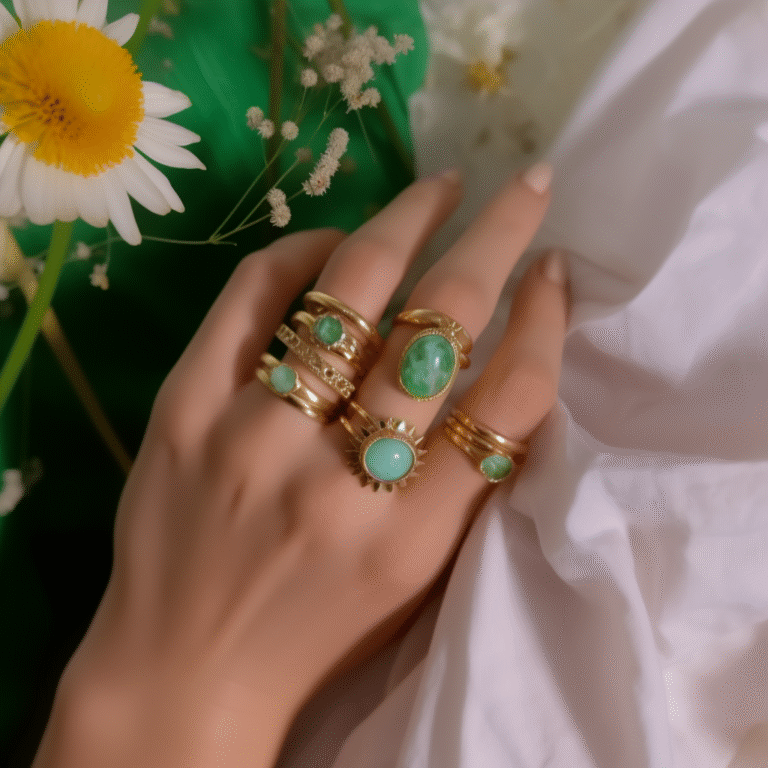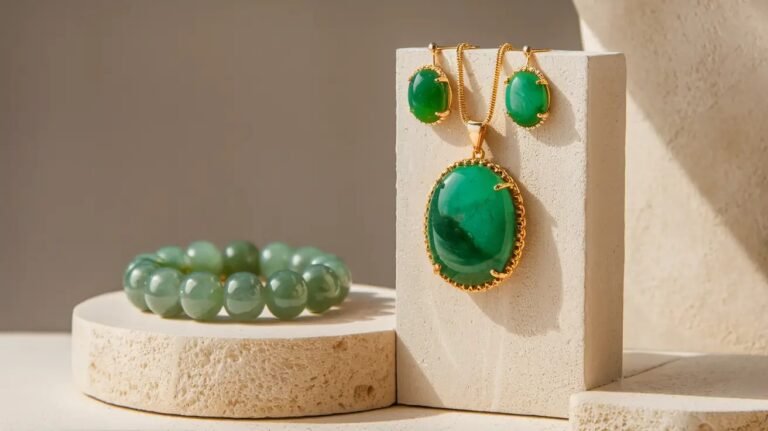The Splendor of Jade: Exploring the Stunning Types of Gemstones for Collectors
Jadeite Jade
Rarity and Value: Jadeite is the rarer form of jade and is highly prized by collectors.
Color Variety: Available in vivid greens, lavender, red, yellow, black, and even white.
Quality Factors: Translucency, smooth texture, and color intensity determine its value.
Notable Type: Imperial green jade is considered the most valuable jadeite for collectors and investors.
Nephrite Jade
Abundance and Affordability: More common than jadeite, making it more accessible.
Color Range: Typically creamy green to dark green or brownish tones.
Durability: Slightly softer than jadeite but still durable enough for carvings and jewelry.
Cultural Significance: Historically used in Chinese, Central Asian, and Native American artifacts.
Differences Between Jadeite and Nephrite
Texture: Jadeite is denser and often more translucent; nephrite has a fibrous, creamy texture.
Value: Jadeite usually commands higher prices due to rarity and vivid colors.
Usage: Jadeite is favored for high-end jewelry; nephrite is common in traditional carvings and ornaments.
Rare and Exotic Jade Varieties
Lavender jadeite, red jade, and black jade are rarer and highly collectible.
Some jade varieties are region-specific, such as Burmese jadeite, which is renowned worldwide.
Collector Tips
Always verify authenticity before purchase.
Consider color, translucency, and origin when evaluating value.
Understand the difference between jadeite and nephrite to make informed collecting decision
Timeless Elegance: Exploring the Diverse Types of Jade Jewelry for Collectors
Jade jewelry comes in a variety of exquisite forms, each designed to showcase the gemstone’s natural beauty and appeal to collectors worldwide. Among the most popular types are rings, bracelets, necklaces, pendants, and earrings. Each piece offers a unique way to experience the elegance of jade, whether it’s a delicate jade ring highlighting a vibrant green stone or a statement necklace featuring intricately carved jade beads.
Collectors often seek antique, vintage, and contemporary designs to suit their tastes and complement their collection’s theme. Antique pieces carry historical and cultural significance, often crafted centuries ago with traditional techniques. Vintage jade jewelry reflects classic design trends from the last century, blending nostalgia with artistic craftsmanship. Meanwhile, contemporary designs combine modern aesthetics with timeless jade beauty, often incorporating other gemstones or precious metals to create innovative and stylish pieces. Together, this variety ensures that collectors can find jade jewelry that not only holds investment value but also expresses personal style and appreciation for this treasured gemstone.
How to Preserve Your Jade: Expert Guidance
To maintain the beauty and value of real jade, handle it with care and store it properly. Avoid exposing jade to harsh chemicals, perfumes, or extreme temperatures, as these can damage its surface and luster. Clean jade gently with a soft cloth and mild soapy water, and always store it separately in a soft pouch or lined jewelry box to prevent scratches. Regularly inspecting your jade jewelry ensures it stays in pristine condition for years to come.
Explore authentic Real Jade jewelry, perfect for collectors seeking rarity and elegance—contact us today to start or expand your exclusive collection.
Can jade increase in value over time?
Yes, high-quality, certified jadeite can appreciate over time, especially rare colors, large pieces, or antique carvings.

